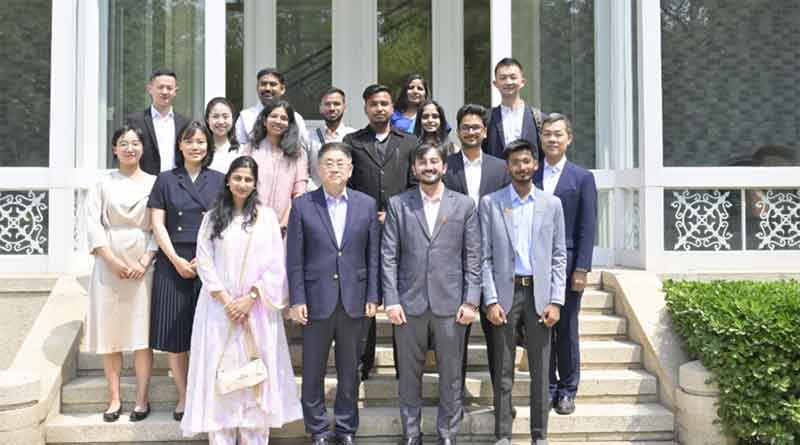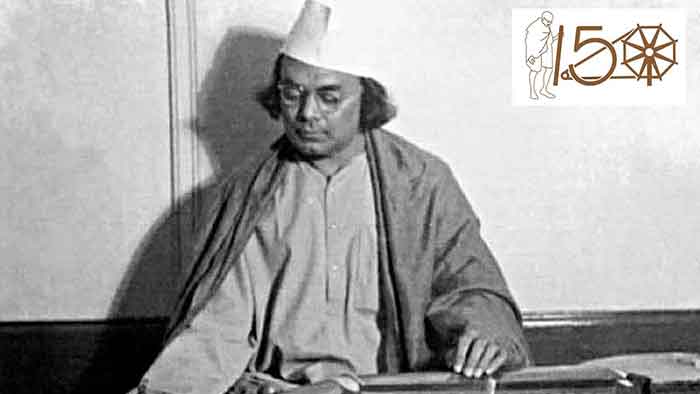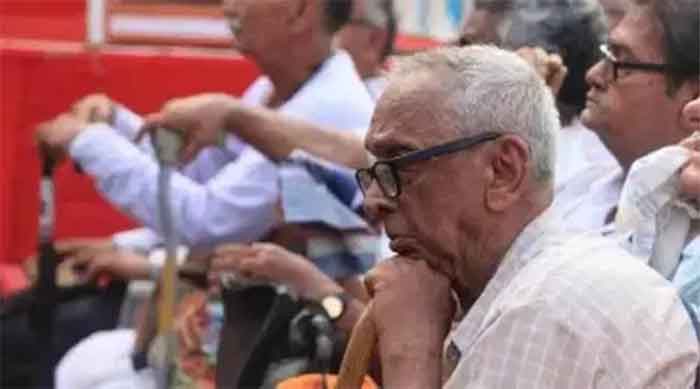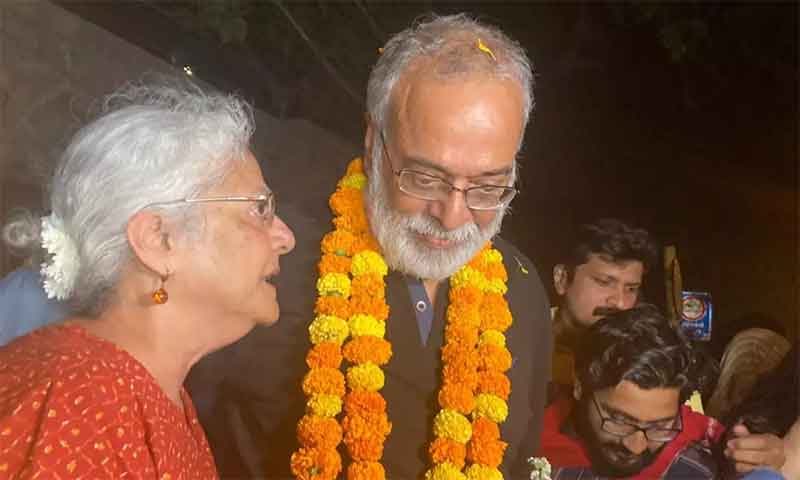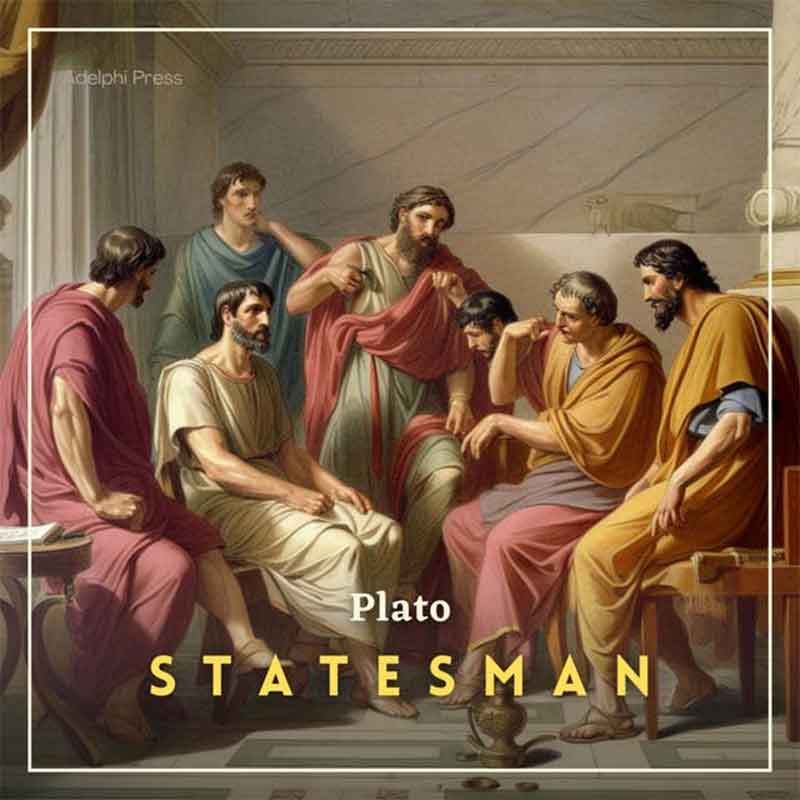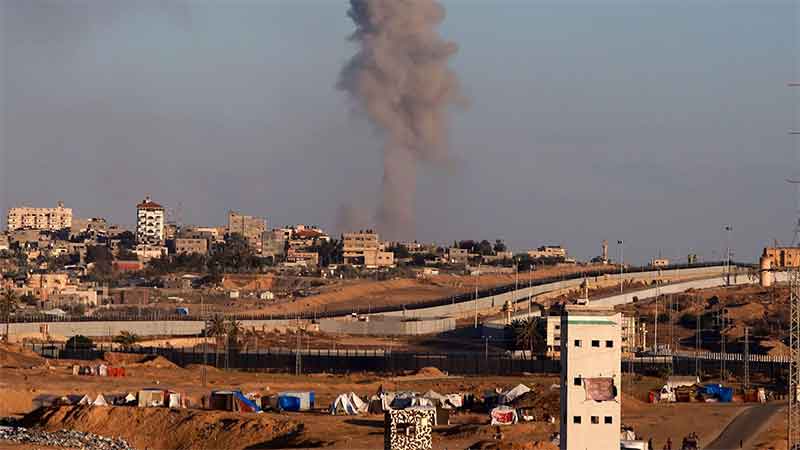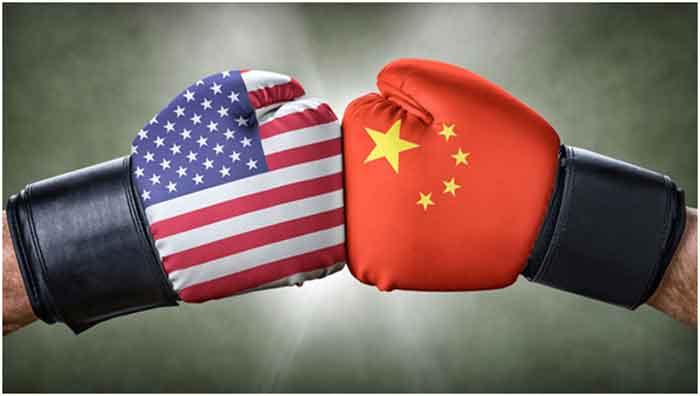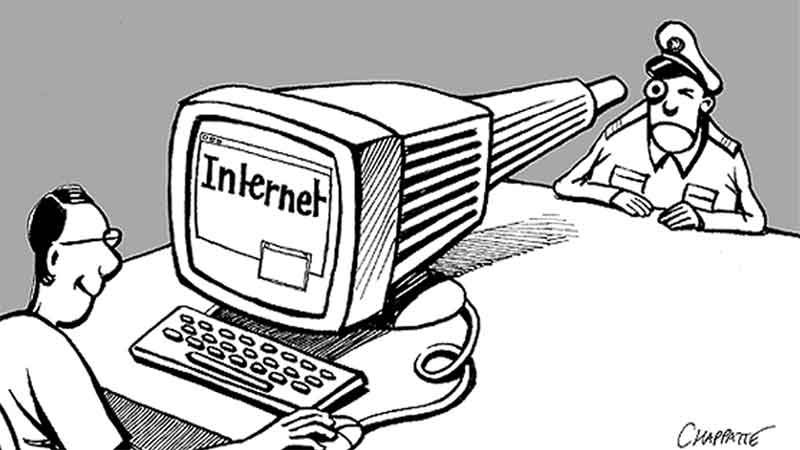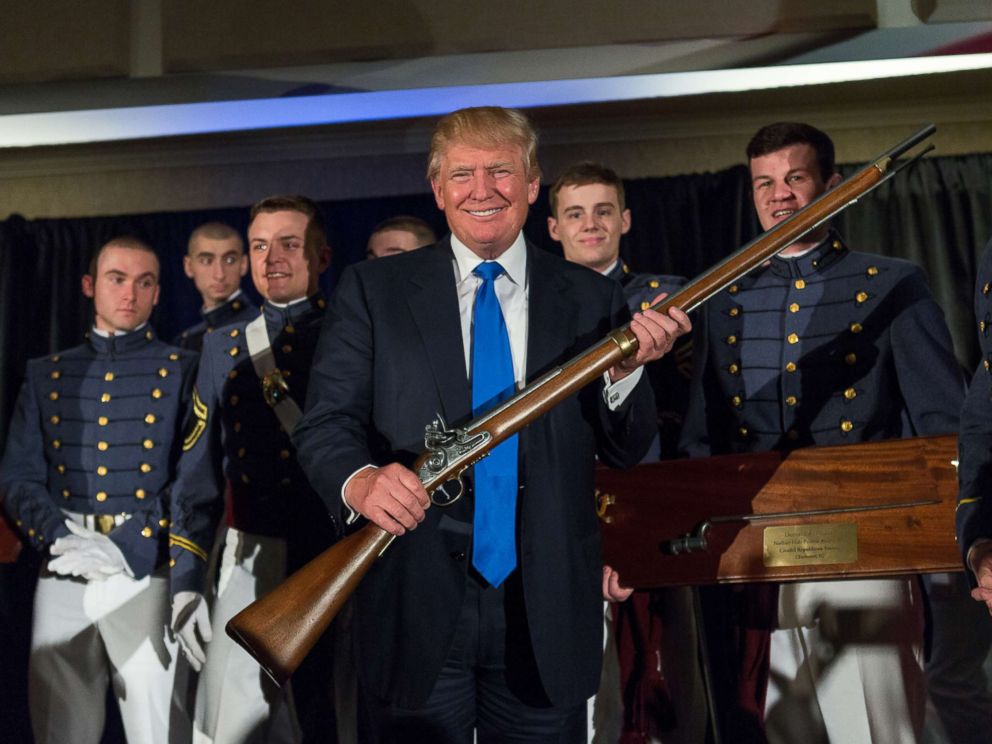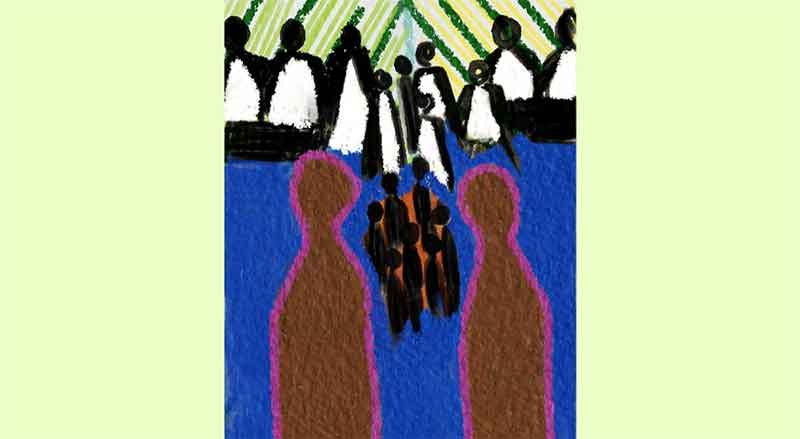
Paradoxically, it is primarily during electoral phase that significance of Indian vote appears to matter most strongly for practically all politicians in the race. Of course, it is great to know that at least now they are being greater consideration than ever before. But let us look at the average Indian voter from a different angle, particularly in view of a great change in his/her attitude to political dramas being enacted to appeal for his/her vote at various levels. Now, the voter appears to be fairly strongly aware that if his/her vote didn’t have any significance, politicians at large would have remained largely confined to their own selves. Seriously, today’s Indian voter – particularly the one from poor and lower middle classes – appears to be more concerned about the value of his/her vote for his/her own self than for certain issues which earlier seem to carry a lot of importance for him/her simply because the voters in general were convinced by what certain politicians propagated in extremely aggressive tones.
In the present phase, impact of politicians’ “aggressive” tone appears to be devoid of having a similar impact on people in general. Let us consider this from another angle. Now, the very Narendra Modi whose word was taken for the final one, whose image seemed to arouse thousands to the stage of being his “blind worshippers” seems to have lost this appeal. Of course, to a degree, he still has his appeal but it is hardly anywhere the almost “magical,” the frenzied stage to which people seemed to be moved five years ago and earlier. The million dollar question is why?
First, there is no doubt that power of communication, in today’s era, cannot be expected to have a one-sided impact. That is have the impact desired by politicians utilizing their communication strategies to the maximum possible. Rather than accept at one go even fifty percent of what the politicians desire, the recipients’ reaction seems to be that of comprehending what will they (recipients) gain by believing and following what politicians try and prompt them to. Certainly, prospects of people being aroused tend to be fairly great during initial stages, when they apparently have limited awareness about earlier background of politicians approaching them. It may be recalled, this was the case when Modi entered national politics to contest 2014 elections, which naturally declined a little in 2019. This is 2024, when voters at all levels seem very well versed with politics and also numerous images of Modi. Clearly, rather than easily accept as well as believe whatever is communicated to them by Modi as well as his supporters, now they have reason as well as substantial awareness to deliberate upon the same from their own angle. And this is what, it seems, a large number of voters are doing. This is first, due to their having becoming fairly versed with political image of Modi as they see it and not as Modi wants them to see it. Given the fact that Modi has been extremely concerned about publicizing his image, the recipients haven’t had the need to do any special research on this aspect. The crucial fact is that they appear not to have easily digested (accepted) Modi’s image as desired by him, that is primarily only along positive lines. In other words, they have chosen to deliberate extensively on the degree to which promises/claims earlier made by Modi have (not) been lived up to; the degree to which their lives have (not) improved or their conditions have (not) worsened because of inflation and other grievances faced by them and so forth.
Questions posed by people at grass-roots may be viewed as an ironic display of their being strongly conscious of their democratic rights and strength of their electoral power. This also signals the limited value, even most powerful as well as internationally acclaimed leaders’ “policies” and credentials, have when sections refuse to be moved by them. Rather, the same may be equated with floated balloons bursting apart, falling flat, against questions posed by people agitated against their leaders’ stands. This appears to be happening silently in India against communal moves, resting on religious pyramids of those holding reins of power. This is happening openly in United States with sections of students, academia and media opposing stand of White House favoring Israel’s “genocide” against Palestinians.
Clearly, success as well as credibility of politicking should not be expected to rest on what power-holders desire and/or choose to communicate to their citizens, particularly if formers’ stand rests on negative, aggressive, violent and even inhumane parameters. How can and why should latter be guided by what their humane sense and moral consciousness do not permit them to? The latter have chosen to do their best help the targeted victims. In United States, they may be hailed for moving ahead fearlessly. In the case of India, with this being phase of parliamentary elections, voters’ decision is based silently on how they perceive and trust power-holders’ credibility in respect of its positive and/or negative impact during the past decade. In both cases, “democratic” image of power-holders is facing a strong test through protest displayed at certain campuses in US and votes being cast on India’s electoral field. When citizens fail to be convinced by power-holders’ stand on specific issues because of their being witness to negative impact of the same, be it on Palestinians or their own lives/society (in India), what does this suggest? Clearly, when and if, leaders’ stand on certain issues seems devoid of actual democratic credibility, decision of citizens to display their stand (through protests and/votes) spells hope of democracy still being strongly pursued. The key question is not just opposition to policies of White House supporting Israel and/or questioning the so-called communal extremism in India, but “images” of both falling apart against democratic stand displayed openly. These may also be viewed as trend setters for the coming years, signaling that democracy is likely to gain more in strength and not fall victim to what even most powerful leaders desire. The alacrity with which appeal of Modi’s image is apparently diminishing is just a minor signal to its probable weakness against strength of the Indian vote!
Nilofar Suhrawardy is a senior journalist and writer with specialization in communication studies and nuclear diplomacy. She has come out with several books. These include:– Modi’s Victory, A Lesson for the Congress…? (2019); Arab Spring, Not Just a Mirage! (2019), Image and Substance, Modi’s First Year in Office (2015) and Ayodhya Without the Communal Stamp, In the Name of Indian Secularism (2006).







